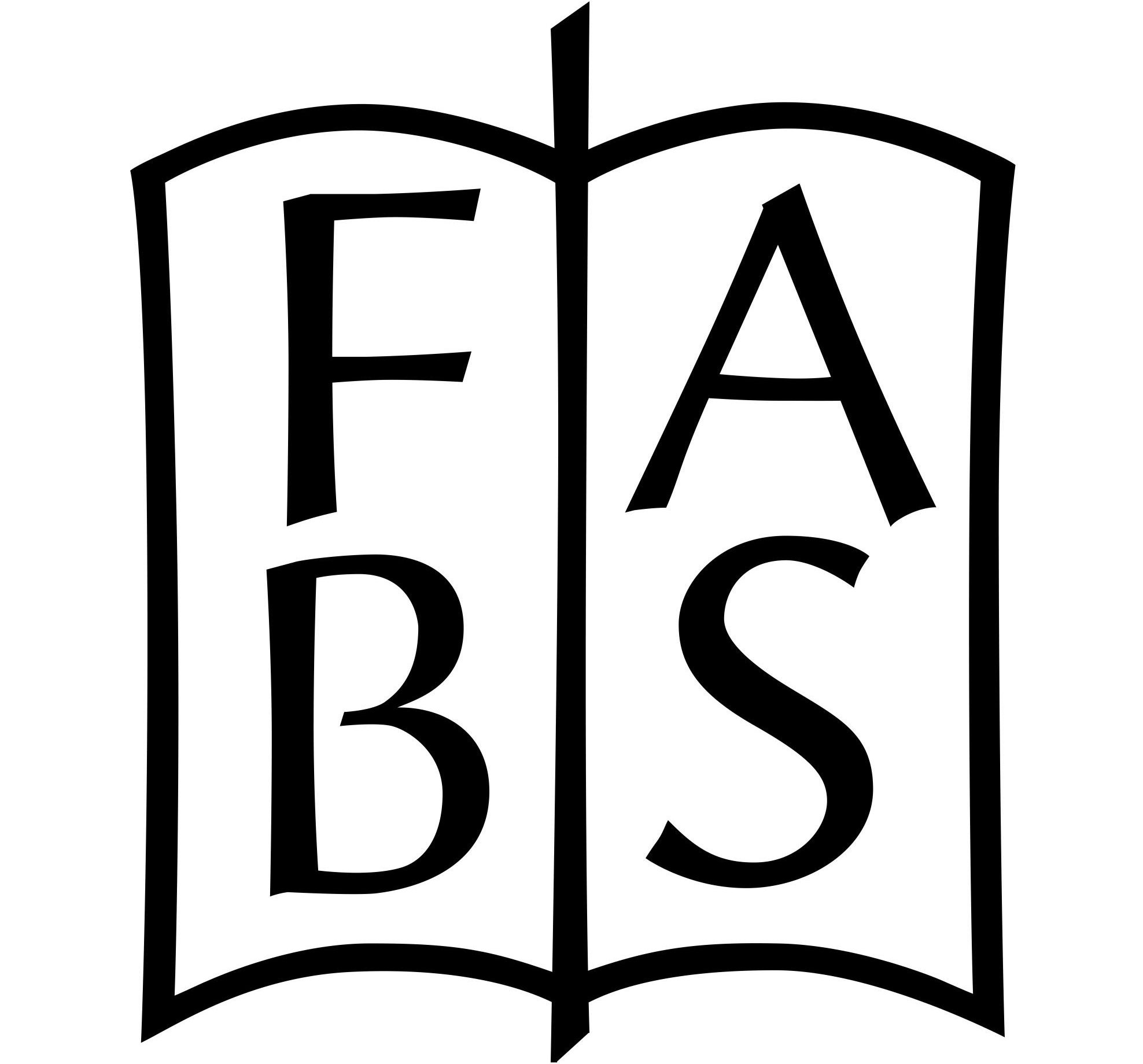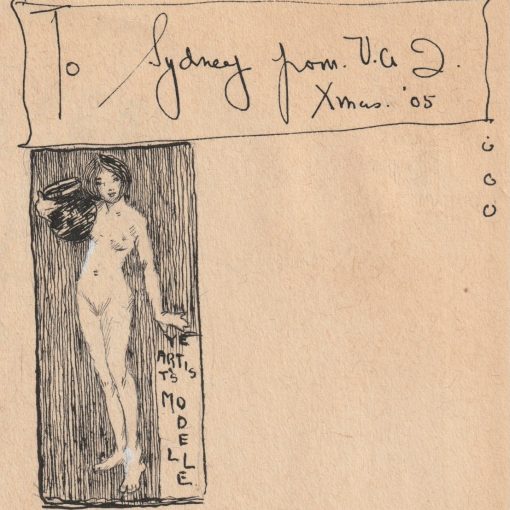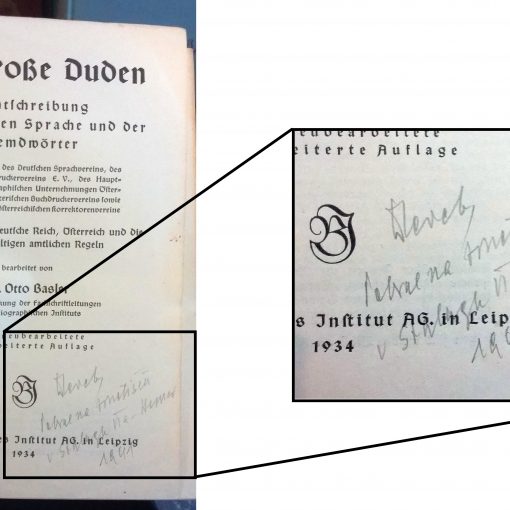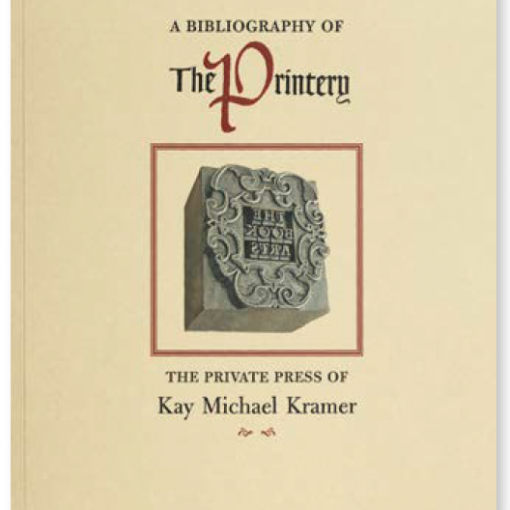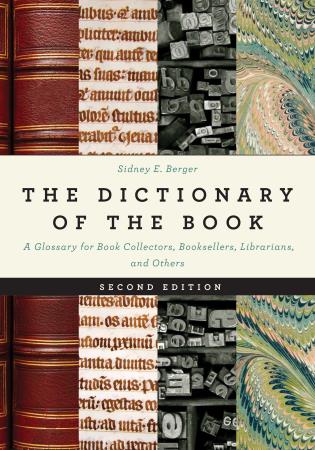Editor’s Note: For the full article by Tim Inkster please visit https://www.devilsartisan.ca/
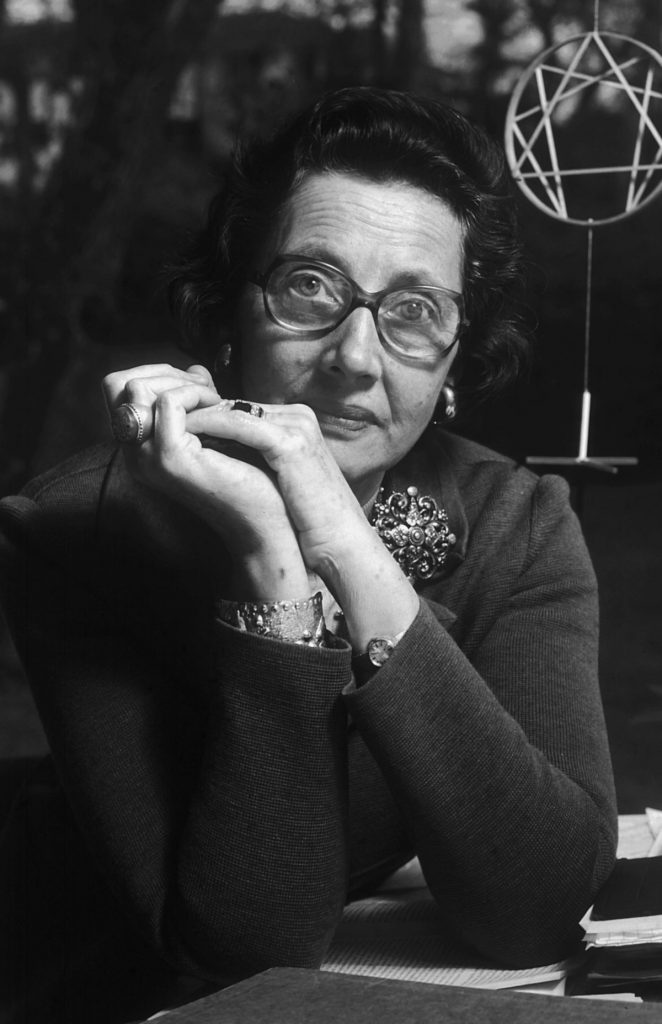
In 1981 Robin Skelton established the Malahat Awards for the Design of Poetry Books in Canada. I quickly recognized this as an opportunity to promote the quality of the contract book printing we were selling to a clutch of small literary publishers. This would be a recurring theme in my career as a book printer/designer—I was often capable of producing a superior product, but rarely successful at justifying an invoice anywhere near commensurate with the effort expended. A few Malahat design awards, I thought, might help to increase the profit margin a few basis points. There was no proscribed limit to the number of entries permitted. I entered everything I had on hand.
Of the ten prizes awarded that first year, the Porcupine’s Quill was favoured with eight, mostly for books we had printed for clients that included Barry Callaghan’s Exile Editions, Marty Gervais’s Black Moss, Glynn Davies’s Aya Press and Gary Geddes’s Quadrant Editions. The following year we took three of the four prizes, one of which was for a book called No Birds or Flowers by Diane Keating (published by Exile); and in 1983, two of the four prizes awarded. Then the competition ceased operations and was later replaced by the Alcuins.
In 1984 The Malahat Review, under the newly minted editorship of Constance Rooke, published a suite of poems by P.K. Page which had won a National Magazine Award. Connie, possibly because she was originally from New York City, was never one to shirk from any whiff of a marketing opportunity. I think I remember correctly that it was Connie who had invented the notion of annual writing competitions sponsored by literary magazines, the entry fee for which required the purchase of a subscription to the Malahat. Robin Skelton may have been disheartened by the brazen transparency of such a marketing ploy, but it was certainly effective. Paid subscriptions to the Malahat increased dramatically. And I was summoned to dinner at the Rooke home in Victoria the following spring.
What, exactly, I might have been doing on the West Coast in the spring of 1985, is unclear. Presumably there might have been an Association of Canadian Publishers’ Annual General Meeting. I do remember the flight from the harbour in downtown Vancouver, across the Salish Sea to Victoria. I had not previously had an occasion to fly in a Twin Otter floatplane.
Leon Rooke met the aircraft at the dock in Victoria, then we drove together to the Rookes’ home where P.K. Page and Connie were already fully engaged in a happy hour ritual that I recognized was not uncommon. The summons was a bit awkward, from my point of view, because I didn’t know either of the Rookes, particularly. I had met P.K. previously, but only once, at one of Barbara Weider’s Poetry Weekends at Blue Mountain outside of Collingwood in the late 1970s. P.K. apologized that she didn’t remember, which was hardly a surprise, but then she made a point of saying that ‘next time’ she would remember, which I thought was a bit of an odd thing for her to say, and then she added ‘And next time, I will remember your name,’ which I also thought was an odd sort of a thing for her to say.
The major bone of contention at dinner that evening concerned itself with a costly home renovation project the Rookes had undertaken and recently completed, and which had gone somewhat awry.
I visited the Rooke home in Victoria only this one time. My recollection is that it was an older building on a hilly street, shaded by large deciduous trees. The interior was well-appointed, but unremarkable, except that the staircase to the second floor led to a third ‘floor’ which included a bath, a secluded toilet tucked behind rather profuse foliage, a hot tub and I can’t remember what else might have been up there but I do recall using the customary facilities more than once that night, and being surprised, looking up, to realize that a very significant portion of the roof of the ‘spa’ was glass.
The vantage point, standing beside the toilet and looking out, afforded a spectacular view of the neighbourhood.
There was an incident, years later, when I had invited my good friend Gordon Platt to attend an early Eden Mills Writers’ Festival event. This was something of a coup for me, because Mr Platt was then (1997) head of the Writing and Publishing programme at the Canada Council. I made the customary introductions at the Rookes’ home on Barden Street, at one time an inn on the nineteenth-century stagecoach route south down Guelph Line to Lake Ontario, then Leon unexpectedly asked Mr Platt to ‘turn around’.
Platt obliged. Then Leon exclaimed, ‘I knew it. I knew I’d recognize that ass if I saw it again!’
This was, maybe, not exactly welcome news to me, but it turned out to be a true story … that Mr Platt had found himself, some years earlier, in an awkward situation with a young woman and had made his escape in some haste wearing not too many clothes out a second-floor bathroom window from a house in Victoria and thence down an adjacent downspout. It just so happened that Leon Rooke was in his rooftop garden that very same evening, surveying all there was to survey in the neighbourhood, when his eye happened upon Gordon Platt’s boxer shorts descending a drainpipe in the immediate vicinity.
This had all happened years earlier.
In the spring of 1985, at the Rookes’ home in Victoria, the dinner conversation was pretty much focused on the home reno, which was fresh as an open wound on Connie’s agenda, and festering. Leon, apparently, had been left to supervise the contractors while Connie was elsewhere engaged. The contractors had removed the old roof in preparation for the installation of the new glass ceiling on the rooftop spa . . . scant hours before the onset of a torrential rain.
‘Deluge’, I believe, was the word Connie chose to describe the attendant cataclysm.
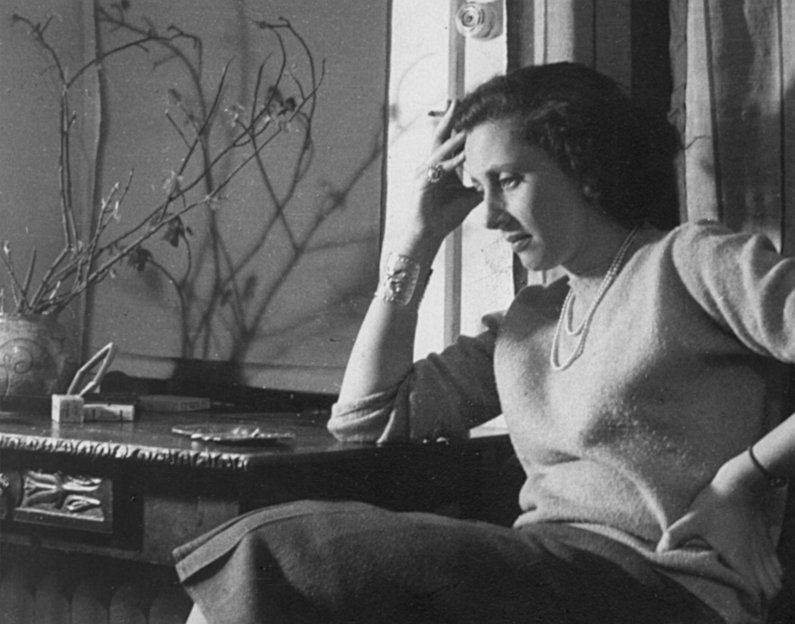
The damage from the water to the interior of the house was considerable. Ceilings, drywall, some paintings, some clothes, some broadloom, as Connie itemized, one manicured fingernail at a time, in some considerable detail, and with due emphasis on each item.
At some point in the evening we must have left off the trauma of the home reno and turned briefly to the task at hand, which was to create a limited edition, poster-sized broadside featuring P.K.’s award-winning poem ‘Deaf-Mute in the Pear Tree’. I remember little else of the evening at the Rookes’. Connie and Leon, and P.K., all drank Scotch, neat, in large tumblers, and seemed to relish small talk about the provenance of the various esoteric brands of single malt on offer. I was not accustomed to drinking spirits in any kind of volume. The next morning came sooner than I might have hoped. Connie woke me. I had a ferocious headache. She drove me to the airport to catch an early flight to Vancouver, and then on to Toronto.
Some months later (September) the broadside was printed. For the most part typeset in Eric Gill’s Joanna by Coach House Press, but I was particularly pleased to add Gill’s Floriated Initials, probably in paste-up, and then I added a second colour inside the open-face initials, probably laboriously, with a drafting pen. I was pretty good at making hand separations by colouring between the lines with India ink and a drafting pen, often onto film positives, to hold the registration. The ‘Pear Tree’ broadside was printed in two colours on Strathmore Grandee, and then foil stamped with a drawing of a pear by the poet. The broadside also sported a decorative border down the left margin that was lifted from an American Type Founders 1941 catalogue display showing of Nicolas Cochin. How I could possibly remember that, I don’t know … so I checked. The type specimen book is casebound in a dark red linen and was once the property of Torontonensis (1945). I’m thinking I probably bought it at Len Kelly’s antiquarian shop called Volume One, on Spadina Avenue just north of Harbord, maybe 1969 or so.
The Porcupine’s Quill invoiced the Malahat $900 and change for 900 copies of the broadside, in September of 1985.
* * *
Stan Dragland was the poetry editor at McClelland & Stewart in 1996 when he decided to publish Page’s collected poems.
It would have been a sizable undertaking, even for a company the size of McClelland & Stewart. Five hundred pages or more. For reasons that are less than clear, Mr Dragland was unable to persuade his colleagues of the righteousness of his vision, and was forced, somewhat reluctantly, to seek succour elsewhere. This was, perhaps, the single most critical bit of good fortune that happened in my entire career in book publishing. Sometimes, stud just happens.
I don’t recall that we knew Stan Dragland well at the time. I have a recollection of Stan visiting the shop in Erin Village, perhaps just the once, probably in 1990, shortly before we started doing a huge amount of contract printing and binding for Brick Books.
(I think it was late spring, or early summer. I think I remember the day was hot. We sat out back, on the flagstone patio on top of the septic tank. We talked about a new edition of The Ledger by Robert Kroetsch. As I think about it, I am almost certain that memory serves. This would have been the start of a business relationship that came to be worth $400,000 to the Porcupine’s Quill, over sixteen years, and might have continued still if we had been more adept at coddling the staff we needed to put through the work.)
It is also very possible that we may have met Stan Dragland at a party at the Rookes’ home on Barden Street in Eden Mills, likely in the early 1990s, not long after the Rookes relocated from Victoria. In any case, in 1996 Mr Dragland was annoyed that McClelland & Stewart considered the P. K. Page project to be too large, or costly or financially precarious to contemplate. The problem must have been about money; I can’t imagine anyone questioning the literary merit of the manuscript on offer. Stan resigned as poetry editor of McClelland & Stewart, and approached the Porcupine’s Quill with a five-hundred-page manuscript that would be published in two volumes as The Hidden Room (1997).
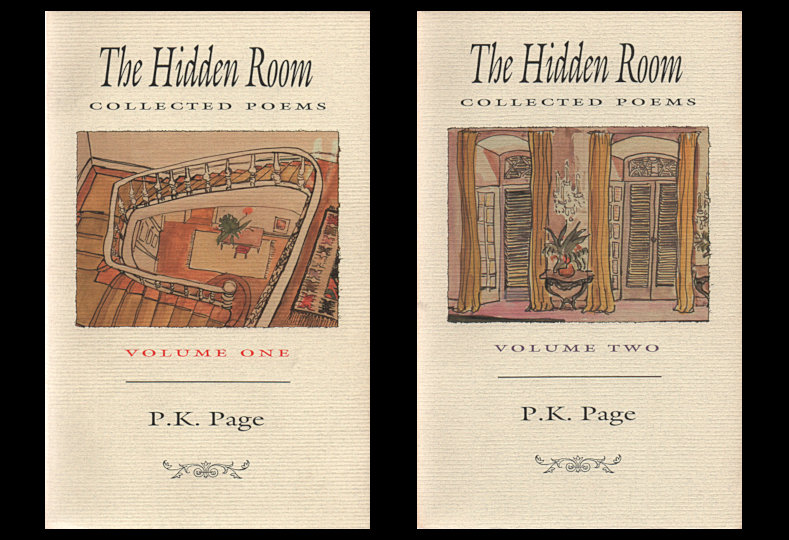
This approach had almost certainly been approved in advance by P. K. herself, and was very likely a consequence of the limited amount of credibility we had established publishing George Johnston’s Endeared by Dark (1990) which was, itself, a three-hundred-page undertaking that had come od not too badly at all.
My initial reaction to Stan’s proposal was that McClelland & Stewart was probably correct in their assessment that the project was large, costly and financially precarious. On the other hand I also recognized that the manuscript might well be the single most important book I would ever be given a chance to publish in my career. ‘Costing’ had never been my strong suit as a publisher, so I glossed over the obvious financial challenges and accepted. Foolhardily, perhaps, but completely enthusiastically.
I had, at the time, a copy of Cry Ararat! Poems New and Selected by P.K. Page, published by McClelland & Stewart in 1967. There were no production credits in the book, but I was reasonably sure that I recognized the Italian Old Style used throughout for titling as the same fourteen-point monotype I saw in a California job case at Coach House in the late sixties. I didn’t recognize the text face, but I did notice that the use of ligatures was not completely consistent … ‘fl’ was common, and ‘d’, but ‘fi’ as variously set with the ligature and without, and the ‘b’ sort appeared not to have been available. For any number of reasons I thought that Cry Ararat! was likely designed by Stan Bevington on a commission from Frank Newfeld, and I also thought the type was probably set on the linotype at Coach House, with titles added in monotype, and then repro proofed in galleys on the Vandercook.
(I was particularly amused to notice the use of hung punctuation in a poem called ‘Cook’s Mountains’, which was certainly a typo- graphic refinement that Frank Newfeld employed at M&S as early as 1983 in a lavish production of Pierre Berton’s The Klondike Quest.)
The use of interior illustration suggested that Cry Ararat! was printed offset rather than letterpress, but the trim size (9″x 6″) would have been awkward on the Heidelberg KORD, so I felt that Coach House did not do the printing, but I did certainly have in hand an exemplary model for the production of a book of poems by P. K. Page.[1]
Some years later Nicholas Pashley (editor of the University of Toronto Bookstore Review) published a provocative list of the ‘Twenty-five Most Important Books Published in Canada since Confederation’ in which the PQL edition of The Hidden Room charted at Number 18. Right after Alligator Pie by Dennis Lee and just ahead of Jacob Two-Two Meets the Hooded Fang by Mordecai Richler.
I have it on excellent authority that Frank Newfeld received over $100,000 in royalties for the illustrations that appear in Alligator Pie, and I am told that Dennis Lee’s wedge of the proceeds was rather more fulsome. I have it on better authority that P.K. Page earned nowhere near a tenth of that amount in royalties for The Hidden Room. Such is the nature of fame, in Canada.
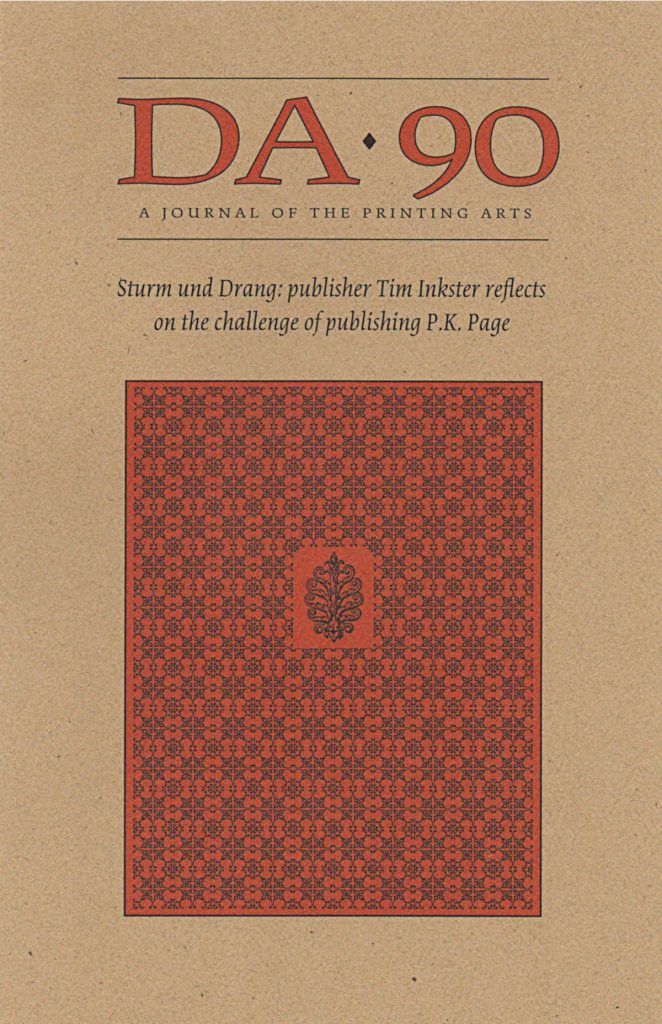
[1] Stan Bevington has subsequently confirmed that he did typeset Cry Ararat! himself on the linotype at Coach House, in Garamond, and that the printing was mostly done at Bell Graphics (Bathurst & College). Stan also thought that the illustrations were by Frank Newfeld. This is not true. The drawings were all P.K.’s.
Tim Inkster is a book publisher and Heidelberg KORD pressman who has recently received the Robert R. Reid medal for lifetime achievement in the book arts in Canada.
